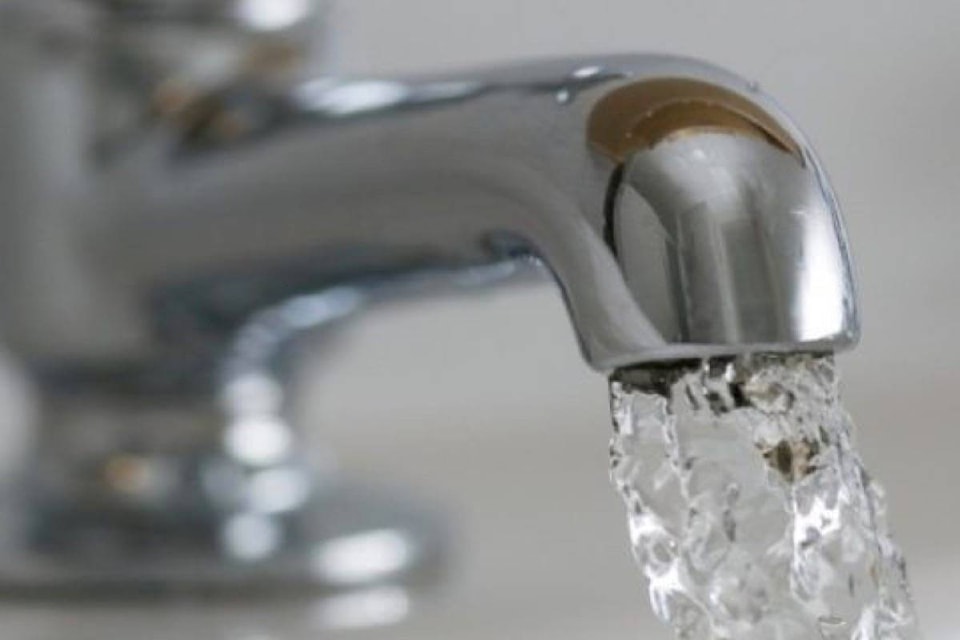The Chilliwack school district says drinking water at local schools does meet health standards despite a national report that has caused some confusion for parents.
A district press release issued Nov. 6 was in response to questions from parents, which in turn came in response to a joint year-long investigation into drinking water involving various media outlets and Concordia University’s Institute for Investigative Journalism looking at levels of lead in drinking water at schools.
• READ MORE: Investigation: Lead in some Canadian water worse than Flint
• RELATED: Chilliwack schools pass the test for clean drinking water
Lead is a neurotoxin that can be found in water from the internal plumbing in buildings. The investigative report is national in nature, and explained that in B.C., testing of drinking water is required.
As of March 2019, levels of lead higher than 5 parts per billion (ppb) require immediate action. Before that date immediate action was triggered at 10 ppb.
In Chilliwack, A.D. Rundle had the highest number of tests above 5 ppb at three out of seven, or 42.9 per cent. The highest level in one test was at 11 ppb in the boys changeroom.
Mt. Slesse was next at 40 per cent with two out of five tests above 5 ppb. The highest was 16 ppb found on July 1, 2017 at a location defined as “W124”.
Both Watson and Cheam elementary were next at 25 per cent, two out of eight and one out of four respectively.
The highest level at Cheam at 33 ppb was found on July 1, 2017 in the library.
And the highest level recorded on any date at any school was 105 ppb found in the boys changeroom at Watson elementary, date unknown.
Twelve of the 21 Chilliwack schools reported on in the investigative report never had any tests over 5 ppb, and it is made clear that in all incidents of levels over 10 ppb before March 2019 and 5 ppb after, immediate action was taken.
On some school Facebook pages, parents were sharing links to the Global News report wondering if it meant they should bring bottled water to school. Most suggest that water in plastic bottles is not a good remedy, and that the water in schools is safe.
The school district said they received questions from parents, prompting this statement issued Nov. 6:
“In co-operation with Chilliwack School District staff, samples are collected and test results are conducted and reported by an accredited, independent laboratory. These results are also reported to the Ministry of Education.
“School Districts are required to take steps to address lead levels above the allowable limit. If sample results exceed the maximum allowable concentration, the school district — in consultation with their Regional Health Authority — must commence daily flushing immediately, or deactivate and place a ‘Not in Use’ sign on the water source.
“Some school sites showed elevated traces in the testing. A flushing plan was developed and upon flushing these water source locations, all were re-tested and were within the maximum allowable concentrations.
“School Districts are required to conduct lead testing every three years.
“The Chilliwack School District has taken action at each of the tested schools to ensure the drinking water for students and staff is only available from fountains and sinks with water quality meeting health standards.”
Even the Global News story confirmed that the levels shown in each school in its report “may not reflect current lead levels at the school or daycare.”
@PeeJayAitch
paul.henderson@theprogress.com
Like us on Facebook and follow us on Twitter.
